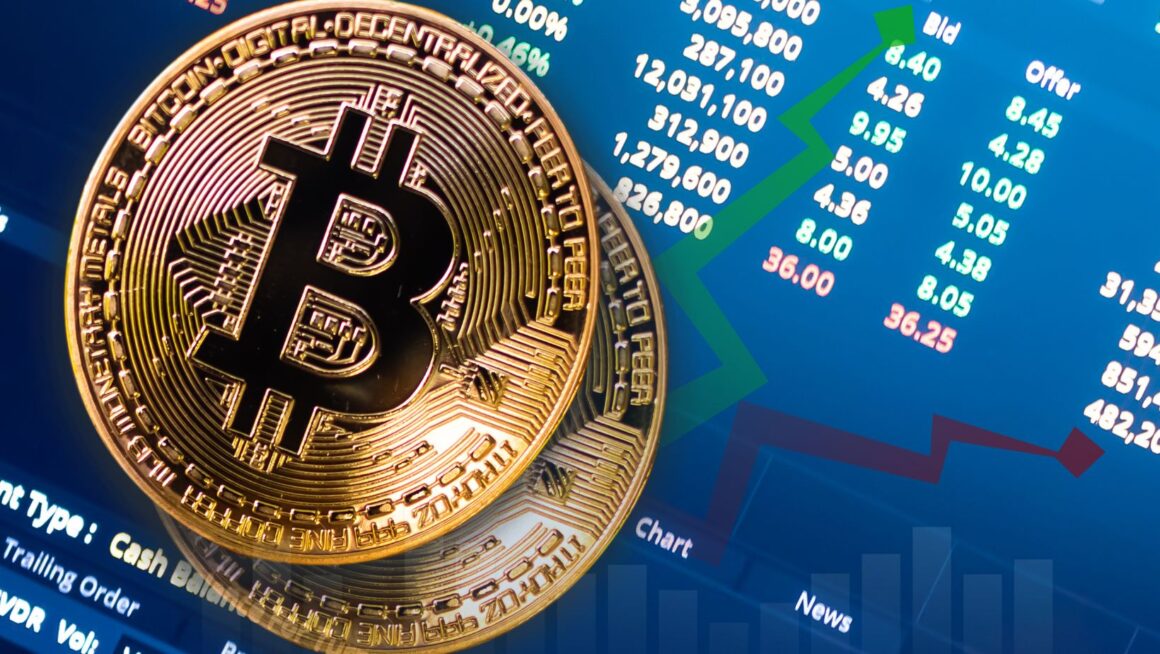Imagine being paid instantly for the carbon your land captures or the biodiversity your forest preserves. Thanks to advances in blockchain and the Internet of Things (IoT), this is quickly becoming possible. As you watch cryptocurrency prices shift every day, it’s worth realizing that similar technologies could soon bring transparency and liquidity to something far more tangible: the health of our planet.
Tokenization of ecosystem services means representing natural assets like carbon credits, biodiversity gains or water retention in digital form. Through blockchain, these assets can be verified, tracked and traded around the world. IoT devices monitor tree canopy density and satellites confirm ecosystem restoration. When this information is secure on-chain, it becomes a trustworthy basis for issuing digital tokens that represent real environmental value.
Why tokenization matters now
Why does this matter now? Because institutional and market conditions are finally catching up. According to Binance Research, “The CFTC’s push to evaluate tokenized collateral and stablecoins for derivatives markets highlights a clear regulatory shift toward embracing blockchain-based financial infrastructure.” That same openness is spread into environmental applications. If regulators are learning to trust tokenized assets in finance, environmental tokens may be next. A blockchain market that’s transparent for verified ecosystem credits has the potential to channel billions of dollars toward climate and conservation projects. All this and still maintaining integrity through data-driven validation.
But how does this fit within the broader crypto ecosystem? Binance Research has reported that “The total crypto market cap lost more than US$300B this week, falling to US$3.7T towards the end of the week. Riskier assets like altcoins fell the most, with Ethereum falling over 13% and Solana by 20%.” Volatility like that shows why the next evolution of digital assets may involve real-world backing. Tokenized ecosystem services could act as a stabilizing layer because they derive value from measurable environmental outcomes, not just market speculation.
Institutional adoption and market growth
Long-term adoption continues to rise even with temporary pullbacks. Binance Research noted that “institutional Bitcoin ownership has risen from 0.9% in 2014 to 19.8% now.” That statistic proves that large and regulated players are moving into digital assets. As institutions look for compliant, impact-driven investments, tokenized carbon and biodiversity credits could offer the next frontier of portfolio diversification. The same infrastructure enabling exchange-traded crypto products today can be applied to ecological assets tomorrow.
The broader market backdrop also supports innovation. Binance Research highlighted that “DeFi lending TVL jumped 72% in 2025, with Aave holding 54% market share.” This growth shows how decentralized infrastructure can efficiently allocate capital. Imagine a model that’s similar where decentralized liquidity funds verify carbon or biodiversity projects. Investors could stake stablecoins, earn yield and directly finance ecological regeneration. Tokenization makes that type of circular, transparent financing system possible.
Technological foundations with IoT and blockchain
Technological maturity is another reason you should pay attention. IoT networks can continuously track soil moisture, temperature and vegetation growth. This provides an auditable record for carbon sequestration. Combined with blockchain’s immutable ledger, this ensures that every token issued corresponds to a verifiable impact. Binance Research recently described how “Cloudflare’s NET Dollar stablecoin reflects the growing demand for AI-native payment infrastructure, designed to power autonomous agents with instant, transparent and programmable transactions.” That same model, being transparent, instant and programmable, is exactly what the environmental credit market needs to overcome years of opacity and slow settlements.

Of course there are still risks. Data accuracy, measurement standards and double counting of credits are all ongoing challenges. But transparency still offers an incredible advantage. Every tokenized transaction can include metadata that details the GPS coordinates of the project, verification documents and audit trails. Smart contracts could automatically release payments to landowners once carbon capture thresholds are confirmed by IoT sensors. This minimizes fraud and manual oversight.
Opportunities for real-world impact
Momentum around real-world integration is increasing. As Binance Research explained, “The launch of ESK marks a milestone for institutional crypto access in the U.S., combining Ethereum exposure with staking rewards in a regulated ETF format.” Every time crypto gains a regulated, yield-bearing vehicle, it sets a precedent for future asset types. Ecosystem tokens could one day be packaged the same way, as regulated, yield-bearing environmental ETFs that distribute staking-like rewards to landowners and conservation groups.
It’s also important to remember that market psychology influences how fast innovation spreads. According to Binance Research, “Although volatility traders may see continued calm next month, as seasonal statistics show October and November are historically the two months with the lowest Bitcoin volatility, for price action traders, October is also known for reversing September’s weakness.” If crypto markets can recover from short-term shocks, investors may be more willing to explore new tokenized assets with tangible and verifiable value like ecosystem credits.
Your role in the next frontier
Tokenization can change how conservation is financed. But the market will only scale if measurement is reliable, credits are high quality and legal frameworks keep pace. If you are building a project, focus on integrity first and token mechanics second. That is how you create a market that buyers trust. As blockchain and IoT technologies continue to mature, your actions today could help define the next wave of environmental finance. When you think about it, the same systems shaping cryptocurrency prices could soon make paying for carbon capture and biodiversity a routine, transparent and profitable part of modern finance.


